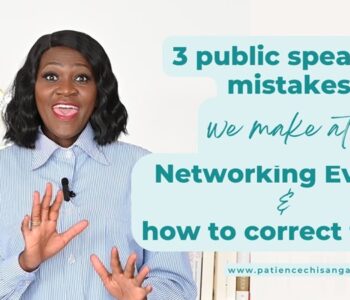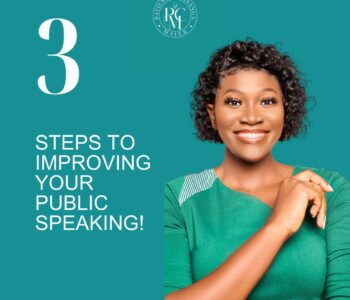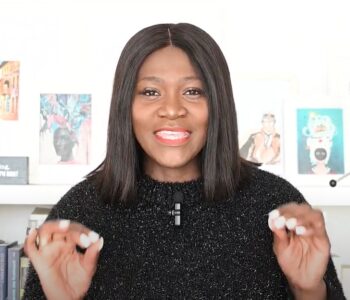
Mastering the art of “Active Listening” in communication!
Communication is often misunderstood. As George Bernard Shaw once said, “The single biggest problem in communication is the illusion that it has taken place.”
Too often, we assume that our message has been understood simply because we’ve spoken, or that we’ve understood others simply because we’ve heard them. However, real communication goes deeper than just words—it requires active listening.
In today’s fast-paced world, the art of listening has been diminished. It’s easy to overlook key details in a conversation, leading to misunderstandings. In this post, we’ll explore the difference between hearing, listening, and active listening, and why mastering this skill is crucial for effective communication.
1. Hearing vs. Listening vs. Active Listening
Hearing is the basic physical process of sound waves reaching our ears, like having the radio on in the background while you go about your morning routine. You hear the sounds, but you’re not fully paying attention.
Listening is a step up, where you’re aware of the words being spoken, but you might still be distracted by other things, such as multi-tasking. You may get the gist of what’s being said but miss out on deeper meaning or important details.
Active Listening goes beyond both. It’s like playing chess, where every move is deliberate, and you’re fully engaged with the other person. You’re not just absorbing the words; you’re paying attention to their tone, body language, and the message behind the words.
2. Why Active Listening Matters
Active listening makes you a more empathetic, impactful, and credible communicator. When you truly listen, you show others that you value their thoughts and ideas, which fosters deeper connections and trust. In professional settings, active listening helps prevent misunderstandings and ensures that instructions are clearly understood.
3. Three Tips to Become an Active Listener
Tip 1: Give Your Full Attention
The first step in active listening is removing distractions. Put away your phone, tablet, or any other device that might take your attention away from the conversation. Make the speaker feel valued by maintaining eye contact and facing them directly. This signals that you are fully present and engaged.
Tip 2: Show That You’re Listening
It’s not enough to listen silently. Show the speaker that you are following along. Nod your head, smile when appropriate, and react naturally to what they are saying. Use affirmations like “Wow, that’s interesting!” or “I didn’t know that—can you explain more?” These verbal cues reinforce that you are actively involved in the conversation. Asking follow-up questions also deepens the engagement.
Tip 3: Clarify and Reflect
To ensure that you’ve fully understood what’s being communicated, reflect and clarify the speaker’s points. Use phrases like “So what you’re saying is…” or “If I understand correctly, you mean…” This confirms that you’re both on the same page and prevents any potential miscommunication.
Real-World Application
In a professional setting, imagine your supervisor gives you instructions for a task. Instead of just nodding and leaving, take a moment to repeat back the instructions. For example, say, “To clarify, you want me to do this first, then follow up with that, right?” This simple step can prevent confusion and show that you’re an active listener.
Conclusion: Avoid the Illusion of Communication
Don’t fall into the trap of thinking communication has taken place just because words were exchanged. By focusing on active listening, you can become a better communicator and build stronger relationships, both personally and professionally. The next time you’re in a conversation, remember: listening is just as important as speaking.
Take these tips and apply them to your next conversation. Let’s not just communicate; let’s truly connect. Until next time, keep practicing those communication secrets and step up your listening game!









